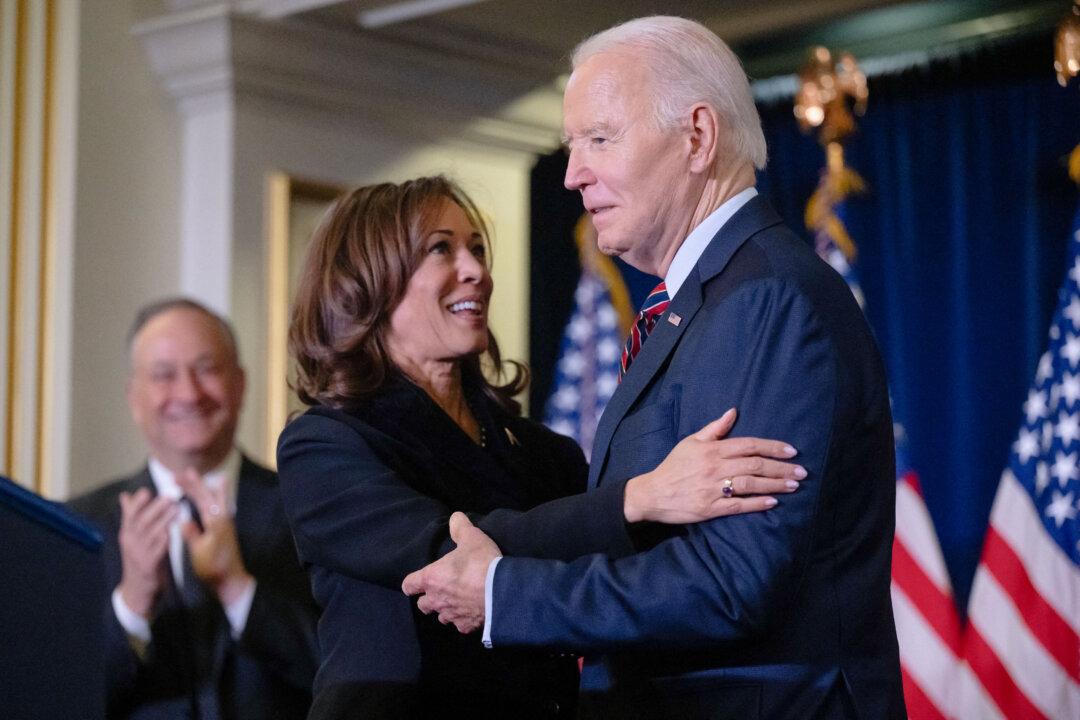An increasing number of big companies are filing trademark applications to protect their brands in the metaverse. They’re also looking to make money in this new realm by offering virtual goods and services.
Victoria’s Secret, New York Stock Exchange, and McDonald’s are among the latest corporations to announce plans to join the metaverse.
Nowadays, metaverse is considered the next big thing. Skeptics, however, believe that it is a technological bubble that’s starting to look like the dot-com boom of the late 1990s.
The term “metaverse” was first used in Neal Stephenson’s 1992 science fiction novel Snow Crash where humans, represented by avatars, interact with each other in a virtual space.
The metaverse creates a three-dimensional world that can be used for every kind of activity imaginable and is considered the next generation of the internet. People can work, play, shop, and socialize from anywhere using a virtual reality headset.

People will be soon ordering a Big Mac from a virtual McDonald’s in the metaverse. The fast-food giant on Feb. 4 filed 10 new trademark applications to the U.S. Patent and Trademark Office for its McDonald’s and McCafe brands.
Other fashion brands like Ralph Lauren and Gucci are racing to cash in on the metaverse frenzy, especially by targeting young people.

Big tech companies are also pouring billions of dollars into this space. In October last year, the tech giant Facebook officially changed its name to Meta and unveiled a series of new moves to build the metaverse.
“That’s a huge impetus because what Facebook can do, just with its size and footprint, is invest in the infrastructure that’s needed for metaverse activity to become more ubiquitous,” he told The Epoch Times.
Rao believes this is one of the reasons why trademark applications have accelerated in recent months. Being a brand in the metaverse has become a much bigger deal.
The concept of a metaverse is not a new one. A virtual place named “Second Life” that launched in 2003 is considered an early version of a metaverse. It’s home to many virtual games. Despite being around for nearly two decades, Second Life didn’t have critical mass in terms of people and economic activity to generate significant trademark activity, Rao said.
Today’s virtual worlds, however, are qualitatively different as they go beyond gaming and promise to offer countless commercial activities. Customers, for example, can virtually go to a concert, tour a museum, try on clothes, or check out a car before buying.

Interest in the metaverse also surged because of widespread acceptance and use of non-fungible tokens (NFTs), which create the ability to authenticate digital assets, according to Rao.
NFTs are unique digital assets built on blockchain technology. With NFTs, people can prove the authenticity of virtual goods in the metaverse.
“NFT basically solves the piracy problem for digital assets,” Rao said.
“What NFTs do is create the ability to put unique signatures on digital assets so that they are no longer pirate-able,” he explained. “This facilitates a marketplace. And once you facilitate a marketplace, it becomes more valuable to have a trademark.”
Other well-known companies that recently filed trademark applications to protect their brands in the metaverse include Walmart, Nike, Gap, Sketchers, and Crocs.
Every year, $54 billion is spent on virtual goods, according to a recent report by JPMorgan.
In the virtual lounge, visitors are greeted by a portrait of the bank’s CEO Jamie Dimon, and a roaming tiger.
The JPMorgan report states that “the metaverse will likely infiltrate every sector in some way in the coming years, with the market opportunity estimated at over $1 trillion in yearly revenues.”





